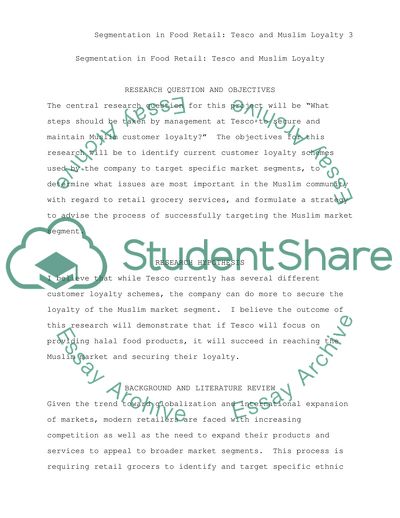Cite this document
(Segmentation in Food Retail: Tesco and Muslim Loyalty Case Study, n.d.)
Segmentation in Food Retail: Tesco and Muslim Loyalty Case Study. Retrieved from https://studentshare.org/marketing/1705571-segmentation-in-food-retail
Segmentation in Food Retail: Tesco and Muslim Loyalty Case Study. Retrieved from https://studentshare.org/marketing/1705571-segmentation-in-food-retail
(Segmentation in Food Retail: Tesco and Muslim Loyalty Case Study)
Segmentation in Food Retail: Tesco and Muslim Loyalty Case Study. https://studentshare.org/marketing/1705571-segmentation-in-food-retail.
Segmentation in Food Retail: Tesco and Muslim Loyalty Case Study. https://studentshare.org/marketing/1705571-segmentation-in-food-retail.
“Segmentation in Food Retail: Tesco and Muslim Loyalty Case Study”. https://studentshare.org/marketing/1705571-segmentation-in-food-retail.


